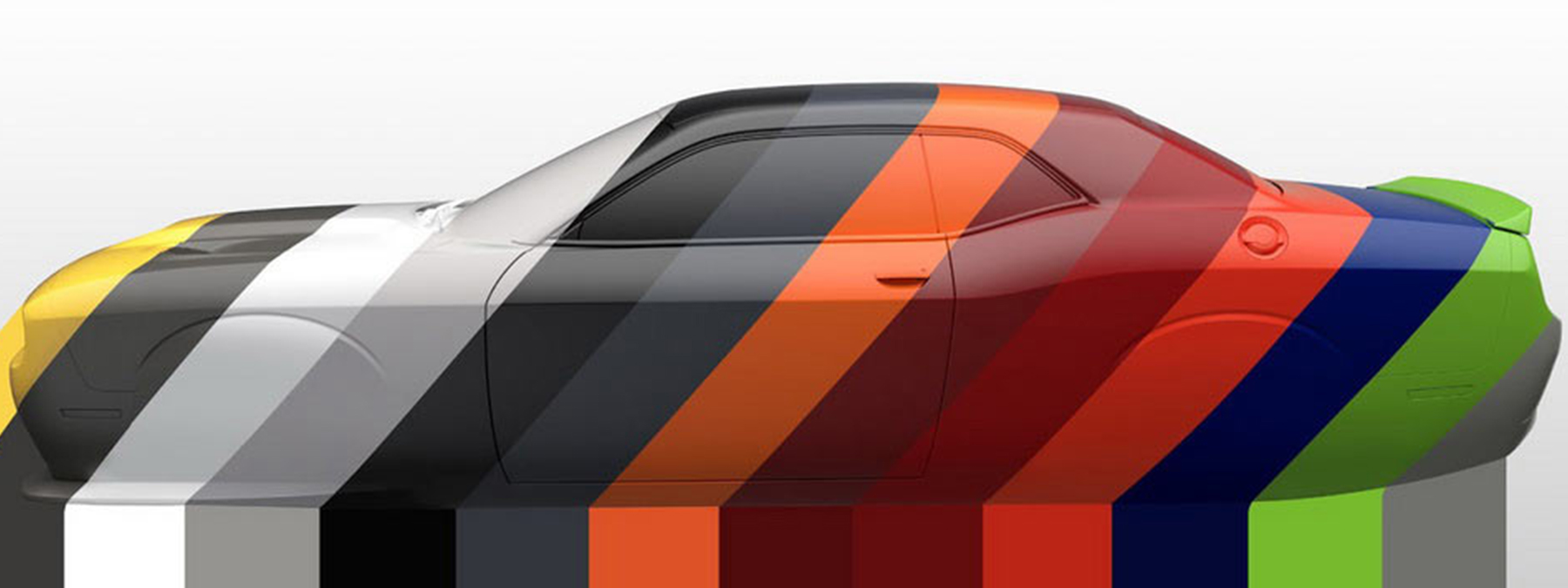Pros and cons of popular car colours
When shopping for a new car, it’s easy to be seduced emotionally by certain colours. Many people will choose black or red because they believe they look the best, without thinking about the maintenance involved with a car of these colours. However, it’s important to not overlook the impact of colour choice, as it will affect how your car will look a few years into the future.
Black
With a total of 12% of cars on the road this colour, black is one of the top choices for car enthusiasts the world over. A shiny black car of any model can draw an emotional response from almost anybody! However, the shiny black car you see at a car dealer isn’t necessarily a true representation of how it will look after a year or two of use.
There are a few considerations when it comes to choosing a black car:
• Black retains heat. This means that when the paint of a black car heats up from the sun, it will warm the interior of the car too.
• Any scratch, or imperfection, to black paint is magnified.
• Black paint tends to show dust, dirt and grime more than other colours. This makes it necessary to clean a black car more regularly.
• Black isn’t as visible in low-light conditions.
So, unless you have a lot of time and love cleaning your car, you could tire of the maintenance involved in owning a black vehicle. Other colours that share the same characteristics as black paint include dark metallic blue, burgundy and similar dark colours.
White
Sitting on the other end of the colour spectrum is white – another very popular colour choice for car owners. Here are a few benefits of owning a white car:
• White paint hides dirt and imperfections well compared with other, particularly darker, colours.
• It doesn’t heat up as much in the sun.
• It is more visible in poor light. According to research by Australia’s Monash University, white cars are the safest and are 12% less likely to be involved in an accident compared with black cars. Blue cars can be dangerous too, as they blend in with the daytime sky and are hard to differentiate from black road surfaces. And red cars can blend in with signs, traffic lights, brake lights and emergency lights.
However, the downside of owning a white car is that any dirt or tar kicked up by the tyres will show up on the white paint.
Neutral colours
Based on this quick analysis, you might think that white cars trump black ones every time. However, there are other mid-range colours that combine the best of black’s sleekness and white’s practicality.
Cream, beige and similar neutral shades offer some of the same benefits as white paint, but they hide dirt and grime better. Here’s why this colour range offers some great practical benefits:
• It hides dust well.
• Dirt and grime spread by your car wheels is less noticeable than a white car.
• Because it is a lighter colour, it doesn’t heat up like a black car.
• It polishes up to a deep shine.
Conclusion
Every car colour on the spectrum has its benefits and drawbacks depending on where and when you drive. The biggest consideration, though, is personal preference which is what ultimately counts!
